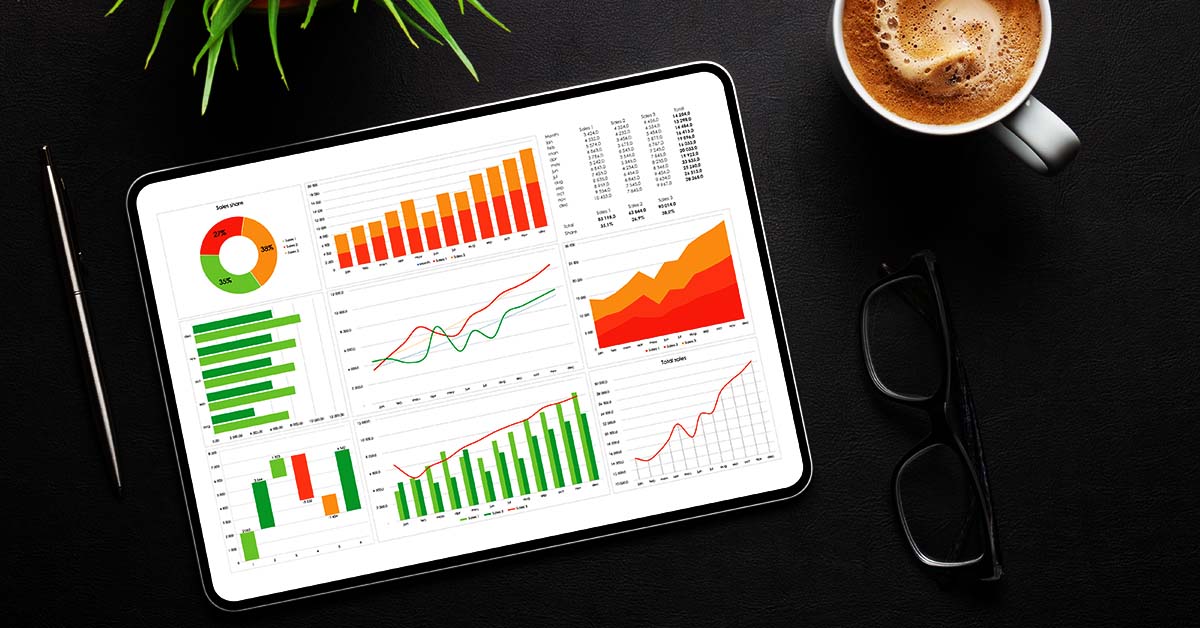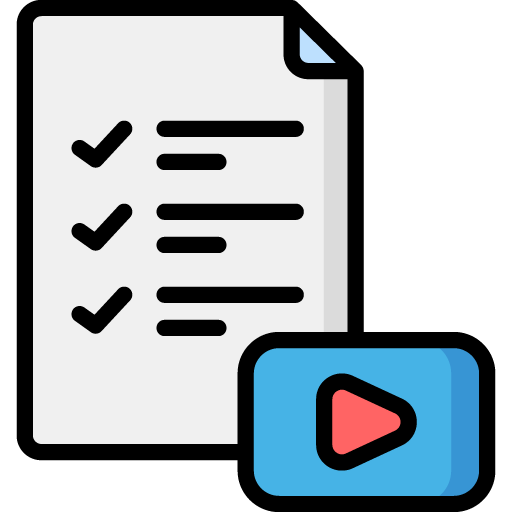In today’s digital world, content creation is not just about producing videos; it’s about creating the right videos for the right audience. If you’re using YouTube as part of your content marketing strategy, understanding how to use YouTube Analytics effectively can transform your approach and elevate your content strategy to new heights.
YouTube Analytics provides a wealth of information that can guide your content decisions, from video topic selection to audience engagement tactics. In this comprehensive guide, we’ll break down how to use YouTube Analytics to inform your content planning and strategy, ensuring that every video you post gets you closer to your goals.
Using Analytics in Content Planning
How to Use YouTube Analytics to Inform Your Content Planning and Strategy
Why You Should Be Using YouTube Analytics
Before we dive into how to use YouTube Analytics, let’s take a moment to consider why it’s so crucial for your content planning. YouTube Analytics gives you insight into how your videos are performing, which videos resonate most with your audience, and where there’s room for improvement.
Here are a few key reasons why YouTube Analytics should be central to your content strategy:
- Audience Insights: YouTube Analytics shows who’s watching your videos, including their demographics, location, and even devices they use to watch. This helps you target your content more effectively.
- Content Performance: Analytics shows how well your videos perform with metrics like watch time, engagement (likes, comments, shares), and more. You can easily track which content is driving results.
- Improved SEO: Understanding which keywords lead people to your content and how long they watch can help you optimize future videos for better search ranking and discoverability.
By using YouTube Analytics, you make data-driven decisions, ensuring your content strategy evolves and adapts based on what the numbers tell you.
Key Metrics to Focus On in YouTube Analytics
Now that you understand why YouTube Analytics is important, let’s break down the most critical metrics you should be focusing on. These metrics will provide you with actionable insights for your content strategy.
1. Watch Time
Watch time refers to the total number of minutes your viewers have spent watching your videos. It is one of the most important metrics YouTube uses to rank videos in search results and recommend them to other viewers.
Why it matters:
- The higher your watch time, the more likely your videos will appear in YouTube’s recommendation feed.
- YouTube prioritizes videos with high watch time, as it indicates valuable content that viewers want to watch.
How to use it in content planning:
- Aim for videos that keep your audience engaged for longer periods. Review the watch time of your videos to determine which topics, video lengths, and formats resonate most with your audience.
- If you see videos with high watch time, consider creating similar content or expanding on those topics.
2. Audience Retention
Audience retention is the percentage of your video that viewers watch before leaving. A high retention rate means people are sticking around to watch your content in full, which signals to YouTube that your videos are engaging.
Why it matters:
- High audience retention is one of the key signals for YouTube’s algorithm, helping your video rank higher in search results and get recommended to more viewers.
- Low audience retention could indicate that your video isn’t resonating with your audience or that you’re losing their interest.
How to use it in content planning:
- Analyze the points in your videos where audience retention drops off. Are there certain sections where viewers lose interest? Try to adjust the pacing or structure of your videos to address these pain points.
- Test different formats, styles, or topics based on your audience’s viewing habits. Videos that maintain or improve audience retention should be the basis of your content strategy.
3. Traffic Sources
Traffic sources tell you where your viewers are finding your videos—whether it’s through YouTube search, suggested videos, external websites, or social media platforms.
Why it matters:
- Knowing where your traffic comes from allows you to focus your marketing efforts on the right channels and refine your strategy accordingly.
- If your traffic comes from YouTube search, for example, this shows that your content is discoverable, while external traffic might suggest that you need to improve your promotion strategies on social media.
How to use it in content planning:
- If YouTube search is your top traffic source, focus on creating optimized content using relevant keywords and creating compelling titles and descriptions.
- If social media is driving traffic, make sure your video is being promoted effectively on the right platforms, and consider leveraging cross-platform marketing strategies.
4. Engagement (Likes, Comments, Shares)
Engagement metrics (likes, comments, and shares) are another vital part of YouTube Analytics. These actions show how your audience is interacting with your content and how well they resonate with it.
Why it matters:
- Engagement is a clear indicator of how compelling your content is. Videos with high engagement are more likely to be recommended by YouTube’s algorithm.
- Engagement also fosters community and builds relationships with your audience, which can help increase loyalty and repeat views.
How to use it in content planning:
- Pay attention to the types of videos that receive the most likes, comments, and shares. This gives you valuable insight into what your audience enjoys.
- Encourage engagement by including calls to action in your videos (e.g., asking viewers to comment, like, or share). If certain topics spark more engagement, explore these areas further in future content.
5. Demographics
Demographic data reveals the age, gender, and geographic location of your audience. This is especially important for businesses and brands who need to create content for specific target audiences.
Why it matters:
- Understanding your audience’s demographics allows you to tailor your content more precisely to their preferences.
- You can use this information to adjust the tone, style, and format of your videos to better appeal to your target audience.
How to use it in content planning:
- Use demographic insights to create content that resonates with specific age groups or geographic locations. For example, if you notice a younger audience is watching your videos, you may want to adopt a more casual, fast-paced tone.
- Consider creating localized content based on where your viewers are watching from. If a significant portion of your audience is in a particular country, incorporate references or cultural elements that appeal to them.
6. Subscriber Growth
Subscriber growth is an essential metric for understanding the long-term success of your content. It shows how many people subscribe to your channel after watching your videos.
Why it matters:
- A growing subscriber base means your content is compelling enough that people want to hear more from you. Subscribers are valuable because they are more likely to watch your future videos and engage with your channel.
- Subscriber growth also signals the overall health of your channel and its potential for sustainable growth.
How to use it in content planning:
- Track the videos that result in the most subscriber growth. If certain types of content lead to more subscriptions, double down on those topics or formats.
- Create a strategy to encourage subscriptions, such as adding end screens or using compelling calls to action within your videos to remind viewers to subscribe.
Using YouTube Analytics to Inform Your Content Strategy
Now that we’ve covered the core metrics you should focus on, let’s look at how you can use this data to inform your content strategy. Here’s how to turn your YouTube Analytics insights into a clear, actionable plan for content creation.
1. Create Content Based on Audience Behavior
The most effective content strategy starts with your audience. YouTube Analytics gives you valuable insights into what your audience wants and what keeps them coming back for more. You can use these insights to shape your content calendar.
For example, if you see that videos of a certain length perform better in terms of watch time and audience retention, make sure to create videos of similar lengths. If your viewers engage more with videos on specific topics, prioritize those topics in your upcoming content.
2. Test and Refine Your Content Over Time
Content creation is a process of trial and error. By monitoring your YouTube Analytics over time, you can test new formats, styles, and topics to see what resonates best with your audience. Continuously refine your content strategy based on the performance of previous videos.
For instance, if a certain video format (like tutorials or interviews) gets higher engagement, experiment with variations of that format in future videos.
3. Optimize Your Videos for Discovery
If YouTube search or suggested videos are your main traffic sources, it’s crucial to optimize your videos for discovery. Use YouTube Analytics to understand which keywords are driving traffic to your videos, then incorporate those keywords in your video titles, descriptions, and tags.
By aligning your video topics with the keywords that perform well in search, you can ensure that your videos are easily discoverable by new viewers.
4. Adjust Your Posting Frequency
If you’re seeing a drop in engagement or views, it may be time to reassess your posting schedule. Use YouTube Analytics to understand the best times to post for your audience. This could be based on the time zones of your viewers or when they are most likely to watch YouTube.
A consistent posting schedule is essential to keep your audience engaged and build momentum over time.
5. Leverage Demographics for Targeted Content
Your audience’s demographics can help you create targeted content that speaks directly to their interests. For example, if your audience is predominantly male or female, consider tailoring your content’s tone, language, or visual style to better align with their preferences.
If your audience is concentrated in specific regions, incorporate elements from those cultures or topics relevant to those areas.
Conclusion
Using YouTube Analytics to inform your content planning and strategy is one of the most effective ways to grow your channel and improve your content marketing efforts. By tracking key metrics like watch time, audience retention, engagement, and traffic sources, you can make data-driven decisions that lead to more engaging, discoverable, and effective videos.







 Edit Your Footage
Edit Your Footage
Leave a Reply